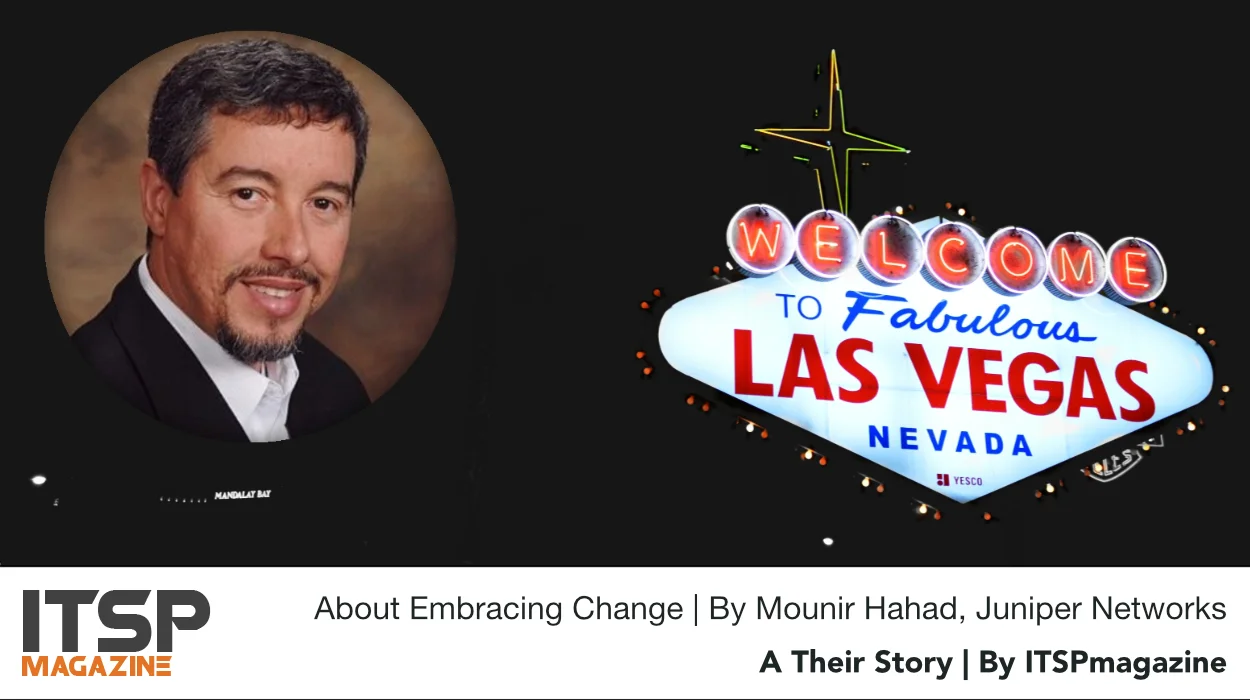This is promotional content. Learn more.
A Their Story interview with Sean Martin & Marco Ciappelli
Guest: Mounir Hahad, Head of Juniper Threat Labs, Juniper Networks
The organization telling us their story today is Juniper Networks.
Lately, many of our conversations—in almost all our columns—touch on a few things that seem to be a recurring theme amongst the CyberSecurity community:
The value of ongoing collaboration amongst InfoSec professionals;
the need to have a diversified background and multidisciplinary approach to tackle the breadth and depth of security problems we’re facing;
the desire to protect businesses and all technology users;
the unavoidable need to embrace change to stay in line with the development of technology; and,
the constant push to stay ahead of the cybercriminals.
We’ve had a number of Their Story conversations with the team at Juniper Networks over the years; many of them happened to be with our good friend Mounir Hahad. We were happy to have the opportunity to sit down with him once more for another chat.
This time, however, we brought him back to the beginning of his career and what motivated him to chose this path. He speaks to living in a different country, separated from the rest of his family—and while leveraging technology as a means to keep in touch, when he realized how vulnerable the general public is against cybercrime. With this inner call, Mounir found his passion and mission: to be part of the solution to help combat cybercrime in business and throughout society.
As he tells us his personal story, we get to the moment when Juniper Networks acquired a company he was working for—Cyphort. The combination of the two companies provided a network security solution that answered the need to secure the network from both an on-premises perspective and on cloud-based operating environments.
Since then, the combined company continues to evolve. And so does the world they operate within. Similarly, the criminal landscape continues to grow, the IT environments continue to expand, and more businesses and people are connecting to the Internet and each other through multiple devices at work and at home every day; with this, it’s clear that the solution to problem lies in the combination of technology and human-based research, development, and communications.
People and technology are needed to identify the threats, to determine the risk, to apply the policies and controls, and to help each other stay safe as a broader ecosystem of people and things. With some clear examples, Mounir points to the ultimate fact: we all have a role to play in security—and everything we connect with and through also has a role to play in this same security game.
By now, we know that the security ecosystem is never a static picture, but what does this constant change look like?
Have a listen to see if you agree with Mounir’s perspective; maybe now is a good time to double-check if you are doing everything you can when it comes to protecting your systems and data across the infrastructure you’ve deployed for your business.






